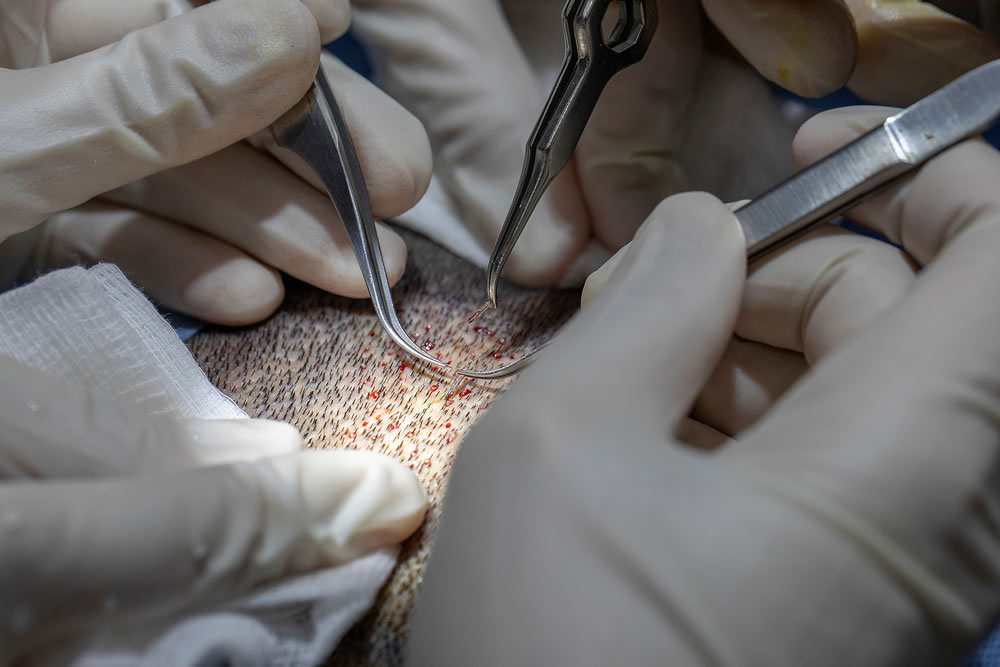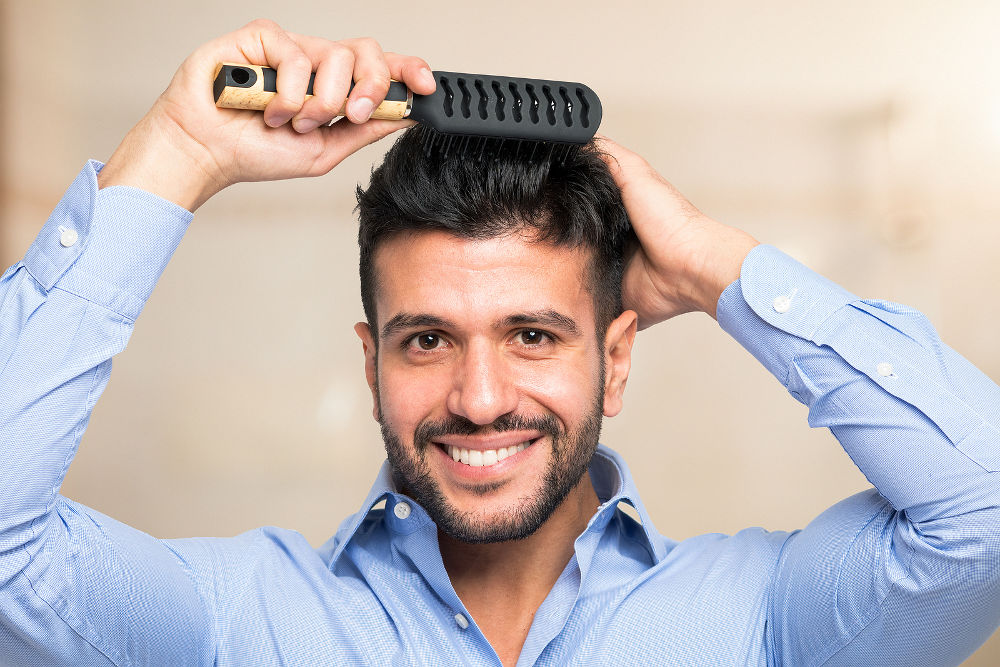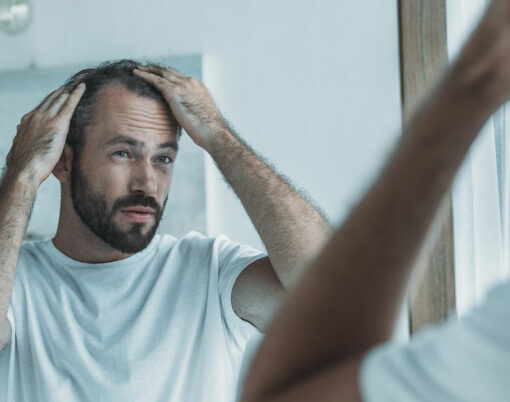Early onset hair loss is an affliction that plagues a growing number of people across the globe, with studies suggesting that up to 96 per cent of men are affected to some degree in their lifetime. Often hereditary, for many years it was seen as a problem that simply had to be lived with – but over recent years, ongoing advancements in science and increasing innovation in technology have changed the game.
Hair transplant surgery has become viewed as an effective solution that offers long-term results, and demand for the procedures is at an all-time high. Turkey, in particular, has enjoyed a dramatic surge in medical tourism to the country as a result of its expertise in the field, with thousands flocking to Istanbul, Antalya and other leading destinations to undergo surgery at one of its world-class clinics.
A relatively quick procedure that requires minimal downtime, it might seem like the magic bullet you’ve been waiting for – not to mention the perfect opportunity to combine the procedure with a sun-soaked getaway – but what does it actually entail? And what should you expect once your surgery is done?
Proper post-operative care is as important in ensuring a successful hair transplant as the procedure itself, and investing in quality post-hair transplant care and carefully following the aftercare guidelines of your surgeon can significantly boost the effectiveness as well as ensuring lasting results.
This comprehensive guide combines information from multiple credible sources to provide the best results possible regarding what to expect, and how to take care of yourself after a hair transplant.

The first two weeks: Healing and recovery
The first few days following surgery are critical for healing. You may experience some slight swelling and pain, which are typical side effects of the healing process and will ease within a few days post-procedure. If you can, take this time off from work to rest and recuperate.
Scabbing and crusting around the transplanted follicles is also common. Scabs will start to form by days five and six, and as you will be directed by your surgeon, you should gently wash your hair to help get rid of them.
You may also observe the transplanted hair starting to shed on day seven – but don’t be alarmed; it’s a typical aspect of the hair growth cycle and just part of the process.
Months 1-4: New growth begins
From a month or so after your transplant, hair may continue to shed to create space for new hair growth. But the good news is that by the fourth month, you might start to see the beginning of fine, delicate new hair growth.
Months 4-8: Visible progress
As new hair grows, it will start to get thicker and more noticeable. During this time, you must keep up with your post-operative care instructions.
Months 8-12: Significant improvement
From eight months post-surgery onwards, most patients report a noticeable improvement in the appearance of their hair. The new hair will appear more natural as its texture becomes more pronounced.

Post-operative care tips
Follow these post-operative care tips for best results:
Gentle washing: Use warm water and a mild shampoo to gently wash your hair. Avoid harsh chemicals or scrubbing.
Avoid intense exercise
Do not engage in any intense exercise or activities that could harm the grafts for at least one month.
Sun protection
Wear a hat to shield the transplanted area from direct sunlight for a minimum of three months.
Healthy lifestyle
Eating a balanced diet and getting enough sleep is important for promoting healing and hair growth.
Follow-up appointments
Keep track of your progress and discuss any issues at all planned follow-up appointments.

Additional tips
Sleep with your head elevated
To reduce swelling, sleep with your head raised at a 45-degree angle for the first week.
Avoid hair styling products
Avoid using hair styling products during the first few weeks of the healing process as they may contain harsh chemicals that impede the healing process.
Minimise sun and heat exposure
For at least a week, stay away from excessive sun and heat exposure, including saunas and hair dryers.
Follow advice on medication
Follow your doctor’s instructions regarding prescribed medication, such as antibiotics or pain medication.
By following these recommendations and paying close attention to your doctor’s specific instructions, you can improve your chances of having a successful Turkish hair transplant. Keep in mind that it may take up to a year for the full effects of your hair transplant to become apparent, so patience is essential during the process.






















